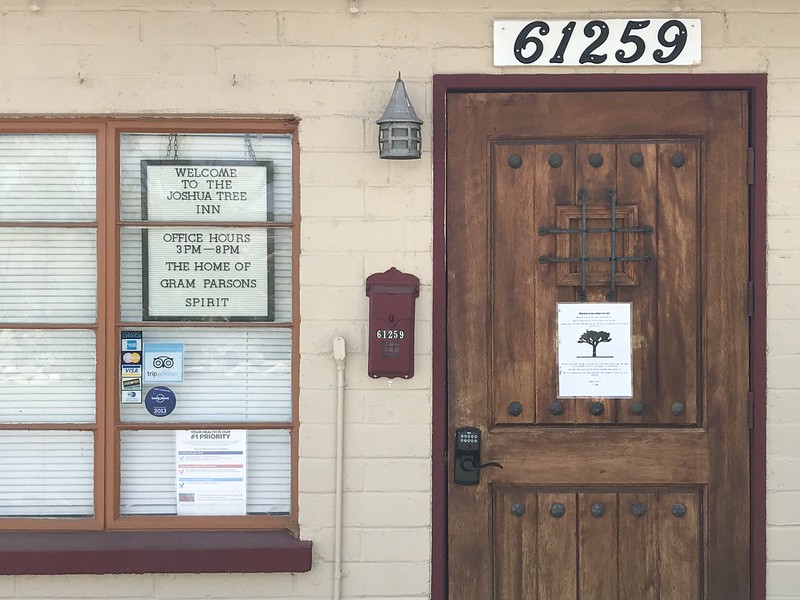Most of us hope that when we leave this world we’ll be surrounded by peace and quiet and love and kindness.
Not everybody’s hoping for strange road trips and fire and criminal investigations.
Influential musician Gram Parsons saw his life take some strange turns… but nothing as strange as what happened in his afterlife.
Gram Parsons was the father of what he called “cosmic American music,” a blend of country sounds and rock and roll that’s influenced generations of bands and artists.
In the 1960s, Parsons joined The Byrds and steered them toward country music for their landmark album Sweetheart of the Rodeo.
He got the Rolling Stones to add some country sounds to some of their best albums too.
Then he made two acclaimed records with his own band, The Flying Burrito Brothers and two outstanding solo records, where he sang harmonies with a young Emmylou Harris.
But his career ended almost as soon as it had begun; in September 1973, Parsons had a fatal drug overdose while staying at a hotel near Joshua Tree National Monument.
He was only 26; like way too many great musicians, he was gone way too soon.
The family had arranged for Parsons’ body to be flown to New Orleans for burial.
The rumor was that his stepfather assumed that he would get control of the singer’s sizable trust fund if he also had control of the remains.
But some of Parsons’ friends had other plans.
They said that at a funeral of another musician who had died much too young, Gram had told them, essentially, don’t let them do this to me.
Instead, he wanted to be cremated and his ashes scattered at Joshua Tree.
So they set out on a kind of caper to carry out those wishes.
They got hold of a hearse and drove it to LAX, where Parsons’ coffin was going to be loaded onto a plane.
And they told the authorities that, oh, actually there’s been a change of plans, the family wants us to drive his remains to a different airport.
It actually worked, except for the part where they were driving away and apparently sent the hearse right into the wall of the airport hangar.
They did get the coffin, and they did drive it to Joshua Tree, where they opened it, put a beer inside, poured out five gallons of gasoline and lit a fire so bright that it was reportedly visible five miles away.
The authorities did eventually catch onto the scheme, and they arrested the two friends.
But technically stealing Parsons’ body wasn’t a crime; neither, apparently, was carrying out an open-air cremation.
All they could charge the men with was stealing the coffin, though reportedly one of the police officers said the real charge was quote “Gram Theft Parsons.”
The remaining remains were buried in New Orleans after all, but and many Gram Parsons fans pay their respects there.
But plenty have also traveled to the Joshua Tree Inn and the National Monument to get a firsthand look at the most heartfelt, the strangest and/or the brightest sendoff in musical history.
If you decide to travel that road yourself, don’t forget to check out Parsons’ music, cause that’s the real story.
One of the most famous rock music documentaries of all time is Martin Scorsese’s The Last Waltz, about the final show by the original lineup of The Band, plus a lot of special guests.
This was not exactly a straight-edge scene; when Neil Young came onstage, the cameras could see a rock of cocaine hanging out of his nose.
Scorsese and The Band had to pay to have special effects teams edit out the offending drug frame by frame.
Guitarist Robbie Robertson called that “the most expensive cocaine I ever bought.”
The Cult of Gram Parsons Lives on in Joshua Tree (LA Weekly)
The Last Waltz: the coke-fuelled saga behind the greatest concert film ever made (Telegraph)

